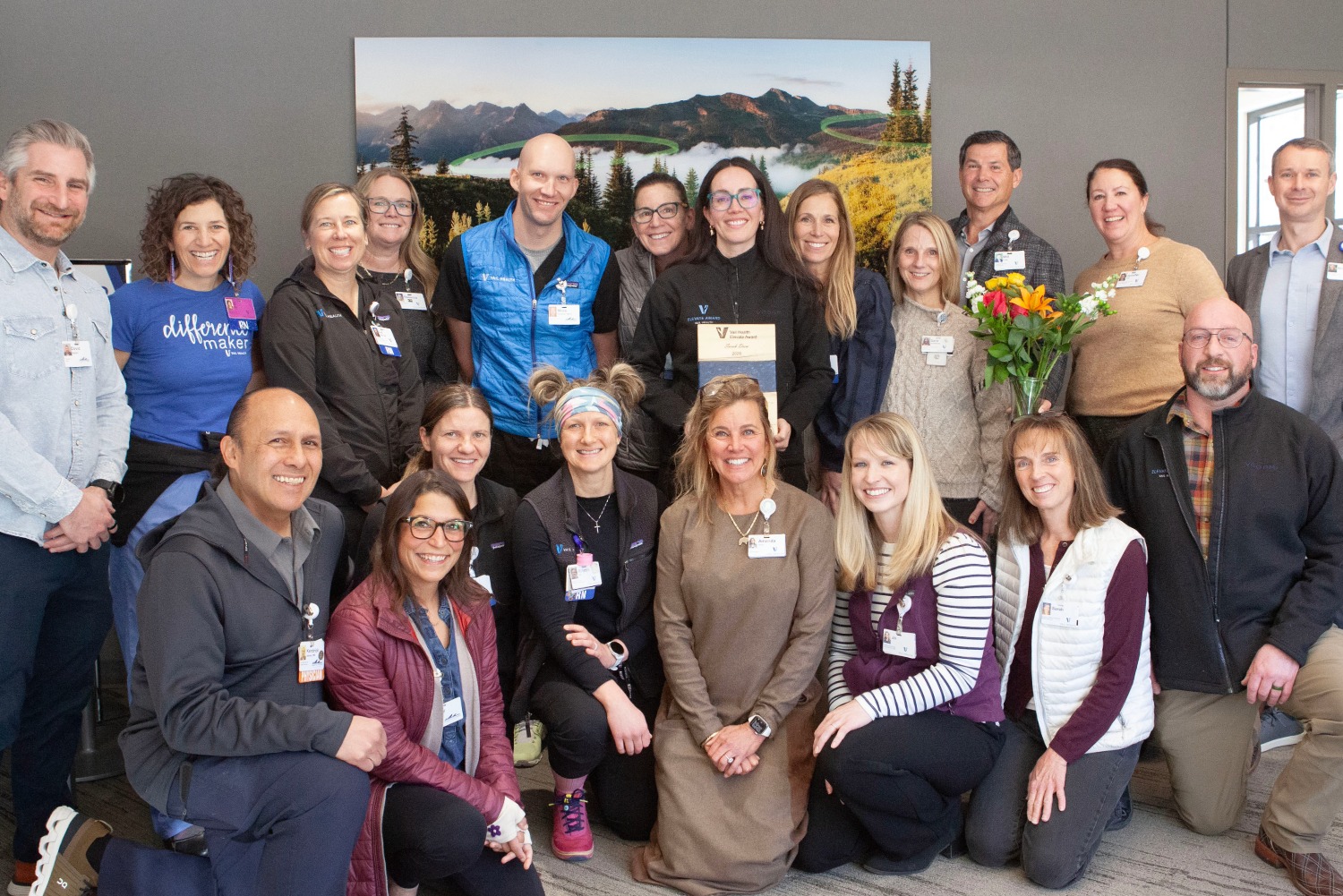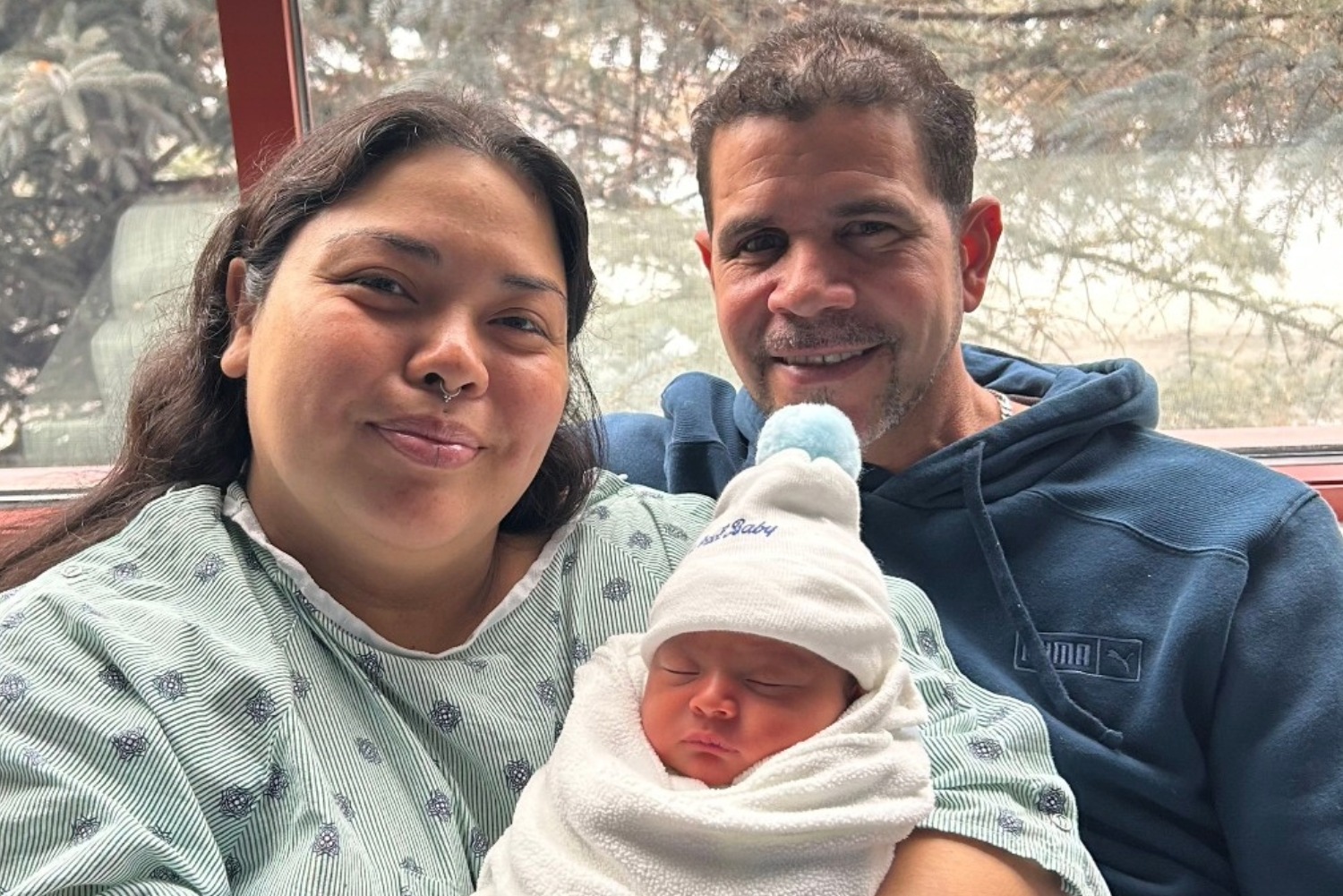News
IS GLUTEN A GOOD OR BAD IDEA?
There's no question that gluten-free diets have taken America by storm but it's important to keep in mind that gluten itself is not the bad guy. A protein composite derived from wheat and a few other grains gluten is not an inherently unhealthy component of the diet such as refined sugar or saturated fat. It is simply a substance to which many people have in recent years discovered their digestive tracts and other bodily functions disagree. This lack of harmony might present itself by a series of uncomfortable symptoms or more seriously a diagnosis of celiac disease.
People with gluten intolerance either have celiac disease or gluten sensitivity says Katie Mazzia clinical dietitian at Vail Valley Medical Center. Celiac disease is an autoimmune condition that affects the lining of the small intestines. If you have celiac disease your body will not absorb nutrients properly.
Celiac Disease
When the body doesn't absorb nutrients it can lead to serious health problems such as osteoporosis anemia and vitamin D deficiency. Celiac disease and gluten intolerance often have the same symptoms. A person with either often knows there is an issue because consuming something containing gluten bread pasta beer many kinds of sauces and even vitamins pills and cosmetics causes one or many of a variety of symptoms: bloating and stomach pain diarrhea constipation fatigue joint pain or vomiting to name a few. The cause of celiac disease which can only be confirmed by blood tests and screening is unknown but is believed to be hereditary and more prevalent in females and Caucasians. The treatment is a strict gluten-free diet. For individuals who are sensitive to gluten but who don't have Celiac disease choosing to go without it is more a matter of their own comfort (preventing symptoms) rather than to sidestep or mitigate a major health concern.
If you have some symptoms of gluten intolerance seek the advice of your doctor first then possibly see a gastrointestinal specialist for diagnosis of celiac disease says VVMC Dietitian Melaine Hendershott. After properly educating yourself on gluten-free eating you can adopt a gluten-free diet to see if this helps your symptoms. You will need to trial the diet for at least two weeks to see if your symptoms improve but it's a good idea to try it for a whole 30 days.
Living Without Gluten
Rachel Zehms a 36-year-old Vail local was never diagnosed with celiac disease but 11 years ago when she realized that drinking beer and eating pizza bread and pasta was causing severe joint pain she cut gluten out of her diet. Within 24 hours after eating a sandwich or anything with gluten I'd notice swelling in my finger joints then it moved to my shoulders and legs. There were times I was in so much pain I could barely walk at night" she says. I decided to avoid gluten and I felt 80 percent better within two weeks.
By now avoiding gluten is second nature to Zehms but she says it takes a bit of effort and research for anyone newly discovering a gluten intolerance. The most challenging thing is when you're looking for something affordable and quick she says. You need to educate yourself on all the things that have gluten. Sometimes it's in things you wouldn't expect like sauces.
When shopping it's comforting for GF (gluten-free) eaters to know that all fresh fruits vegetables nuts and meats are naturally gluten free as are many other foods. As evidenced by the $12.4 billion in annual gluten-free product sales you can find a GF version of just about anything.
Keep in mind gluten-free products are not necessarily healthier. In many cases they may actually be less healthy. Gluten-free packaged foods can be higher in fat and calories and lower in B vitamins and iron Mazzia points out. When you take out that gluten you have to add different mixed flours or potato starch. I always recommend reading the nutrition labels and buying gluten-free products with at least three grams of fiber per serving.
For someone who has no issues with gluten Mazzia says it's always healthier to choose whole wheat over white breads and pastas. She cites quinoa faro bulgur brown rice and wild rice as high-fiber grains. Of these only quinoa and rice are gluten-free. Other healthy GF grains include millet corn and buckwheat.
Gluten-free diets are not for everyone Hendershott says. It's never a bad idea to add more variety to your diet using popular gluten-free grains so feel free to purchase some GF pastas cereals or cook with more quinoa or rice as sides rather than breads or wheat products. You'll always find something GF nearly everywhere even if it means a burger or chicken sandwich with no bun or a salad. Most important is educating yourself on how sensitive you are can you handle a little cross-contamination or none at all? What foods contain gluten? And find a good balance of other foods to substitute for the gluten favorites in your life.
Looking for a great local restaurant with gluten-free menu options? Try one of our favortes: Agave Juniper Kelly Liken Larkburger Larkspur La Tour Marko's Pizzeria Old Forge Pizza Sweet Basil Terra Bistro Timber Hearth Grill Vin 48 Yama Sushi and Yellowbelly.
More News
-
New!
More

Sarah Drew Honored as Recipient of Vail Health Elevate Award
Sarah Drew, MSN, FNP-C, ENP-C, Senior Director of Emergency and Trauma Services at Vail Health, has been named the recipient of the Vail Health Elevate Award.
-
New!
More

First Baby of 2026
It's a boy! Vail Health Hospital welcomed the first baby born in 2026 on January 5 at 7:48 p.m.
-
More

Screening Secrets: What Every Man Should Know About Prostate Cancer Screening
Prostate cancer is the most common type of non-skin related cancer in men, and it is the second leading cause of cancer-related deaths in men within the United States, behind lung cancer. Fortunately, if caught early, prostate cancer remains highly treatable and curable with minimally invasive procedures.





